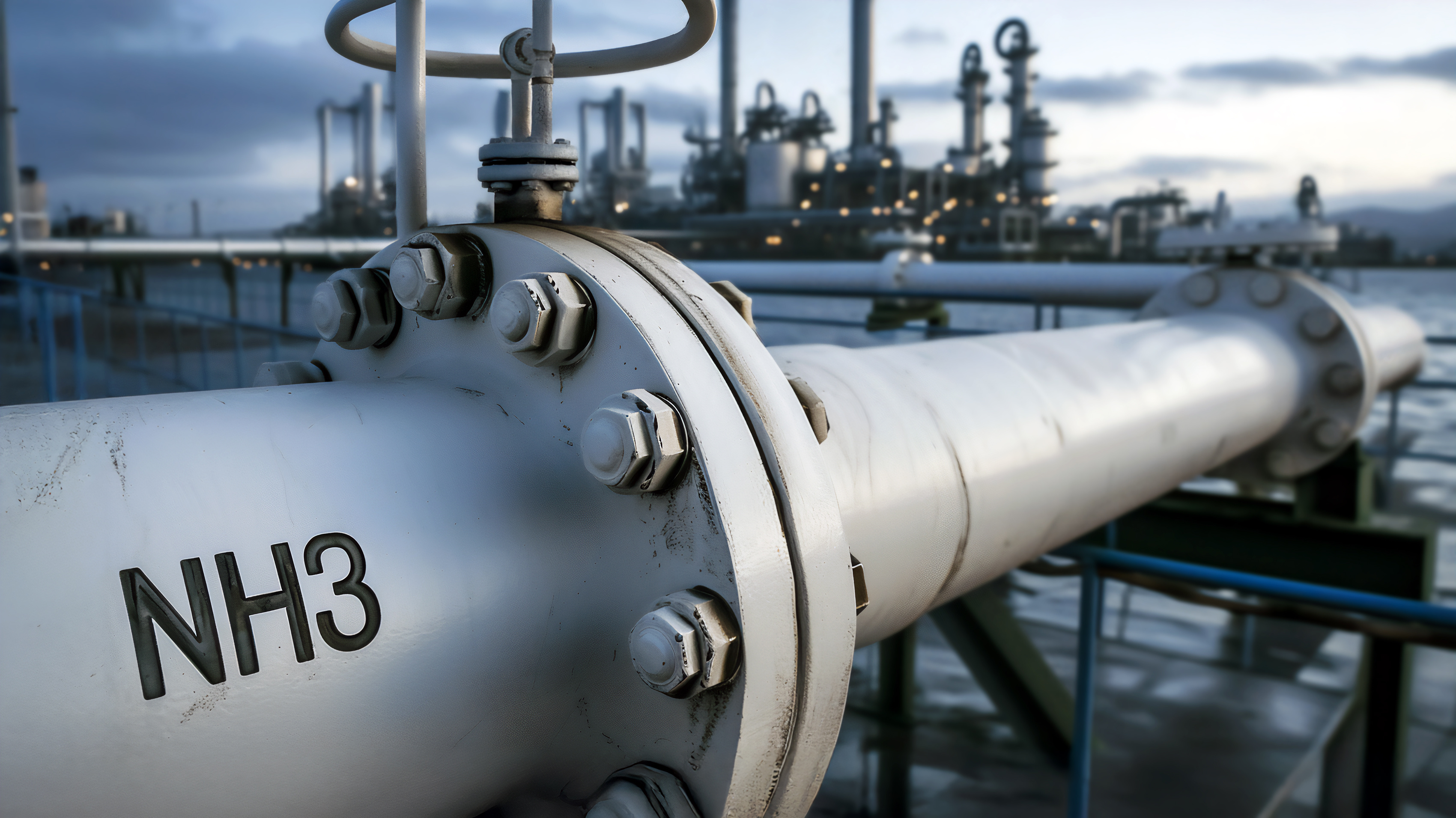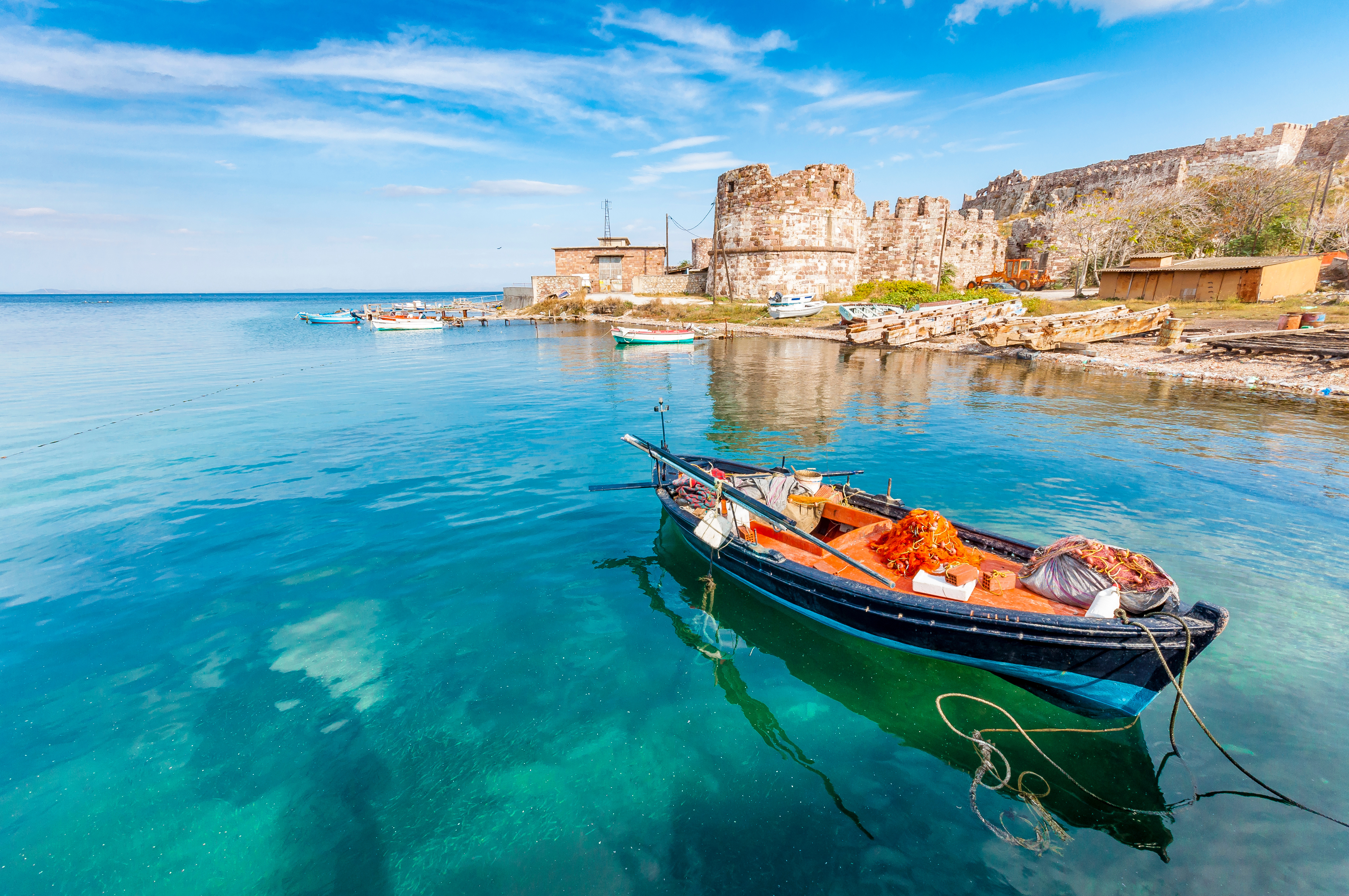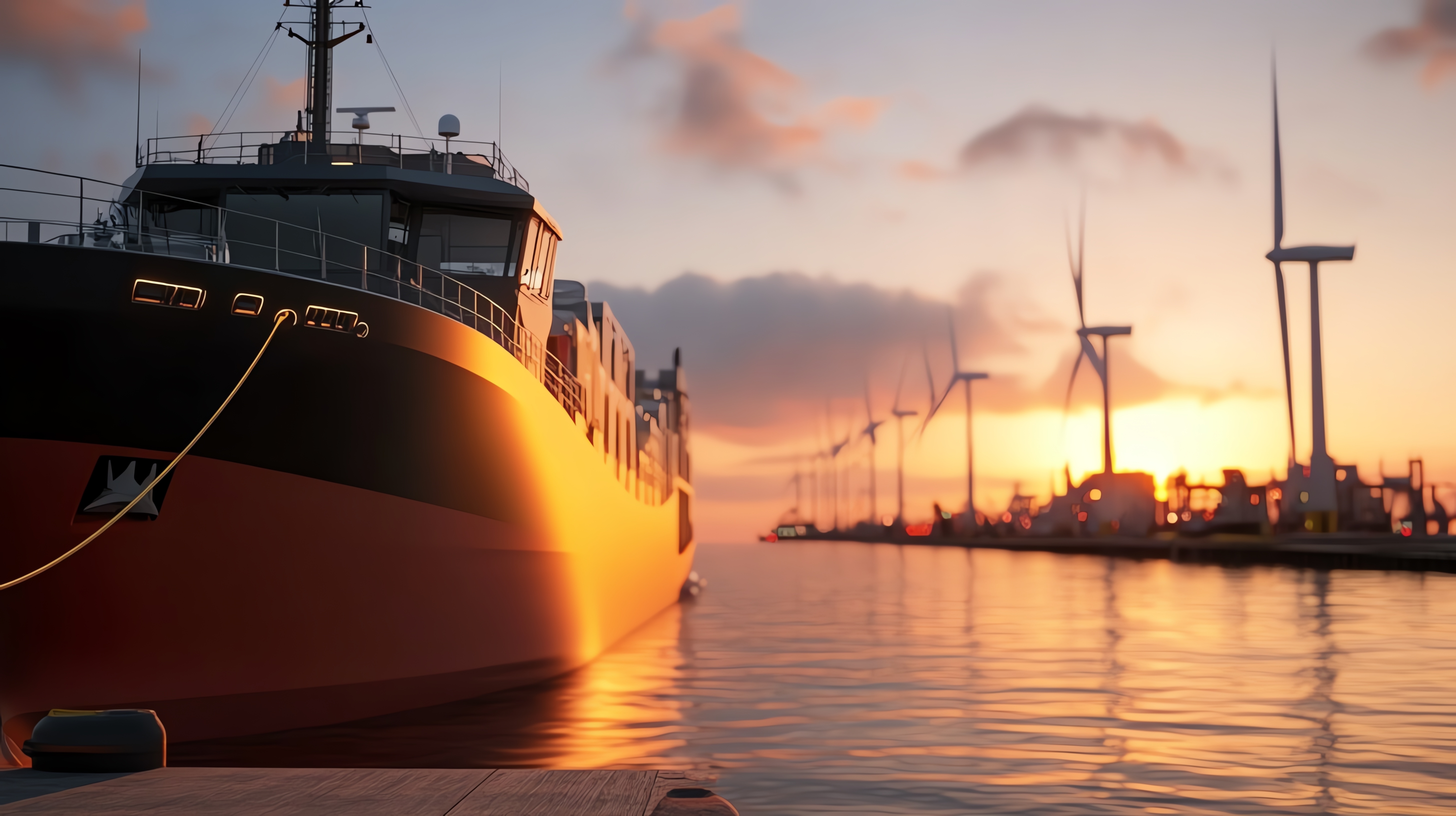Introduction
Recent shifts in the global shipping markets have led to more instances where vessel Owners are being asked by Charterers to switch from dirty petroleum products (DPP) and/or Crude Oil to clean petroleum products (CPP), even during short-term charters. While such a transition might open doors to lucrative charters and greater cargo versatility, it also presents risks. The process of switching from DPP to CPP can expose Owners to potential cargo contamination claims, resulting in legal and financial consequences.
Challenges in Transitioning from DPP to CPP
The nature and sensitivities of both cargoes are fundamentally different. When a vessel carries a CPP cargo after a DPP cargo, the former can become contaminated by residues of the DPP cargo if efficient cleaning operations of the cargo tanks and pipelines are not carried out in between. Cleaning operations can include the carriage of intermediate less sensitive cargoes, monitoring, and multiple cleaning operations.
Even when tanks are visually inspected and reported as clean following the most diligent cleaning procedures, these inspections have their limitations. Tanks have 'blind spots' that are difficult to clean and inspect thoroughly. Additionally, visual inspections cannot determine the cleanliness of the pipes and lines connected to the tanks.
High sulphur and other residues from previous cargoes may remain in the tank, often missed during wall wash testing, which typically focuses on the lower, more accessible portions of the tank bulkheads. There are inevitably areas higher up in the tank that are not easily reached or tested, making them difficult to clean and difficult to assess in terms of cleanliness.
Furthermore, tank coatings may absorb residues from previous cargoes and, over time, release it back into the new load. This issue is exacerbated on longer voyages, where contamination can occur beyond acceptable limits, potentially violating contractual specifications.
Understanding Cargo Contamination Claims
If the analysis/specification of the cargo changes during the voyage, it can serve as evidence of contamination. This change is sufficient to establish a prima facie case for the cargo interests, who, if able to show that the cargo met specifications when loaded but was off specification upon arrival, have a cause of action against the Owners. This is because the bill of lading indicates that the cargo was loaded in apparent good order and condition but was delivered out of specification. It then falls to the Owners to prove that the damage was not due to any breach of their obligations. The clauses in the bill of lading that outline the applicable legal regime will be relevant in this context, particularly the application of Hague/Hague-Visby Rules.
A cargo contamination claim can be brought under both Article III, Rule 1 and Article III, Rule 2 of the Hague/Hague-Visby Rules. Due diligence means exercising reasonable care and skill, with negligence equating to a lack of due diligence. The test is objective, based on the standards of a reasonable shipowner.
The burden of proving due diligence falls on the carrier when loss or damage results from unseaworthiness, as stated in Article IV, Rule 1 of the Hague Rules. This was further confirmed by the Volcafe Ltd v Compania Sud Americana De Vapores [2018] UKSC 61 decision, which established that the carrier must prove on the balance of probabilities that the loss or damage was not due to any breach of Article III, Rule 2, or that one of the defences in Article IV, Rule 2 applies.
Consequential Losses and Additional Claims
In addition to contamination claims, Owners may face further legal complications, such as claims for consequential losses. These could include delays, additional inspection costs, or other expenses incurred as a result of the contamination. Whether these losses are recoverable depends on the legal standards for damages, including whether they are considered directly related to the contamination.
Seeking Recovery
Given the risk of cargo claims, it is in Owners’ interest to claim against Charterers an indemnity or damages amounting to an indemnity for their losses if they can do so. The starting point is to observe that as a matter of principle, it would be natural to expect that Charterers would be liable for the financial consequences of instructions given to Owners pursuant to a charterparty. This is because the charterparties require the Owners in large part to surrender control of the Vessel at the behest of Charterers.
While Charterers typically indemnify Owners for losses stemming from their voyage orders, seeking indemnity for contamination-related losses is a complex and potentially costly process. Each case will depend on the specific facts, particularly the contractual clauses and the cleaning instructions issued by the Charterer.
Conclusion
It is clear from the above that while the prospect of switching from dirty petroleum products (DPP) to clean petroleum products (CPP) offers enticing commercial benefits, it carries risks that Owners must navigate with care. The potential for cargo contamination claims and the associated legal and financial repercussions cannot be ignored. Owners are recommended to contact the Club in this scenario.
To mitigate these risks, Owners should adopt a meticulous approach in terms of cleaning operations and stringent inspections. Staying informed about the legal requirements and maintaining clear communication with Charterers can further safeguard their interests. Where possible and ideally with the input from their P&I Club or external legal providers obtaining a clear express form of an indemnity for the changeover from DPP/Crude Oil to CPP would always be prudent.
Ultimately, the key to success lies in a proactive and informed strategy.





